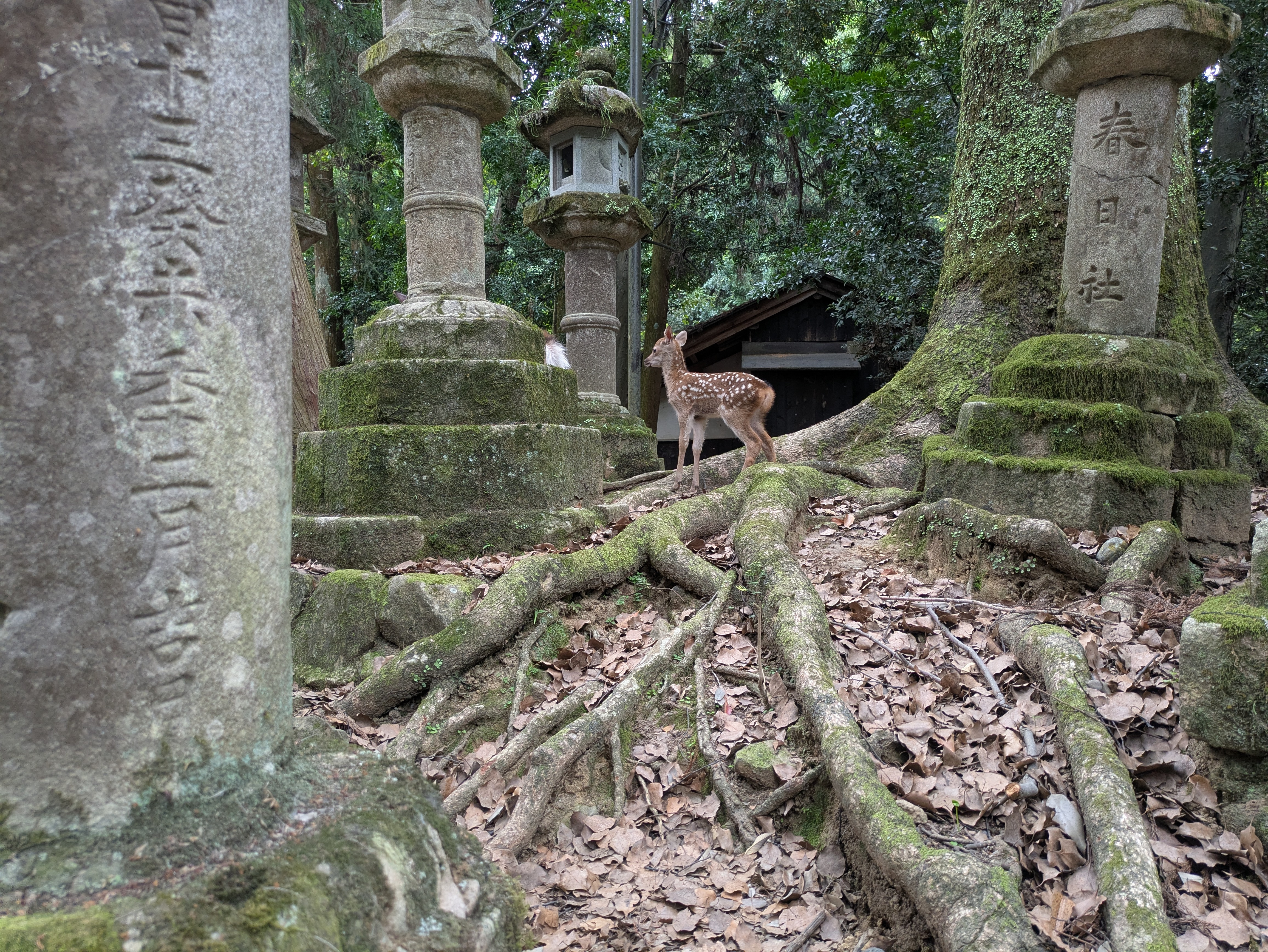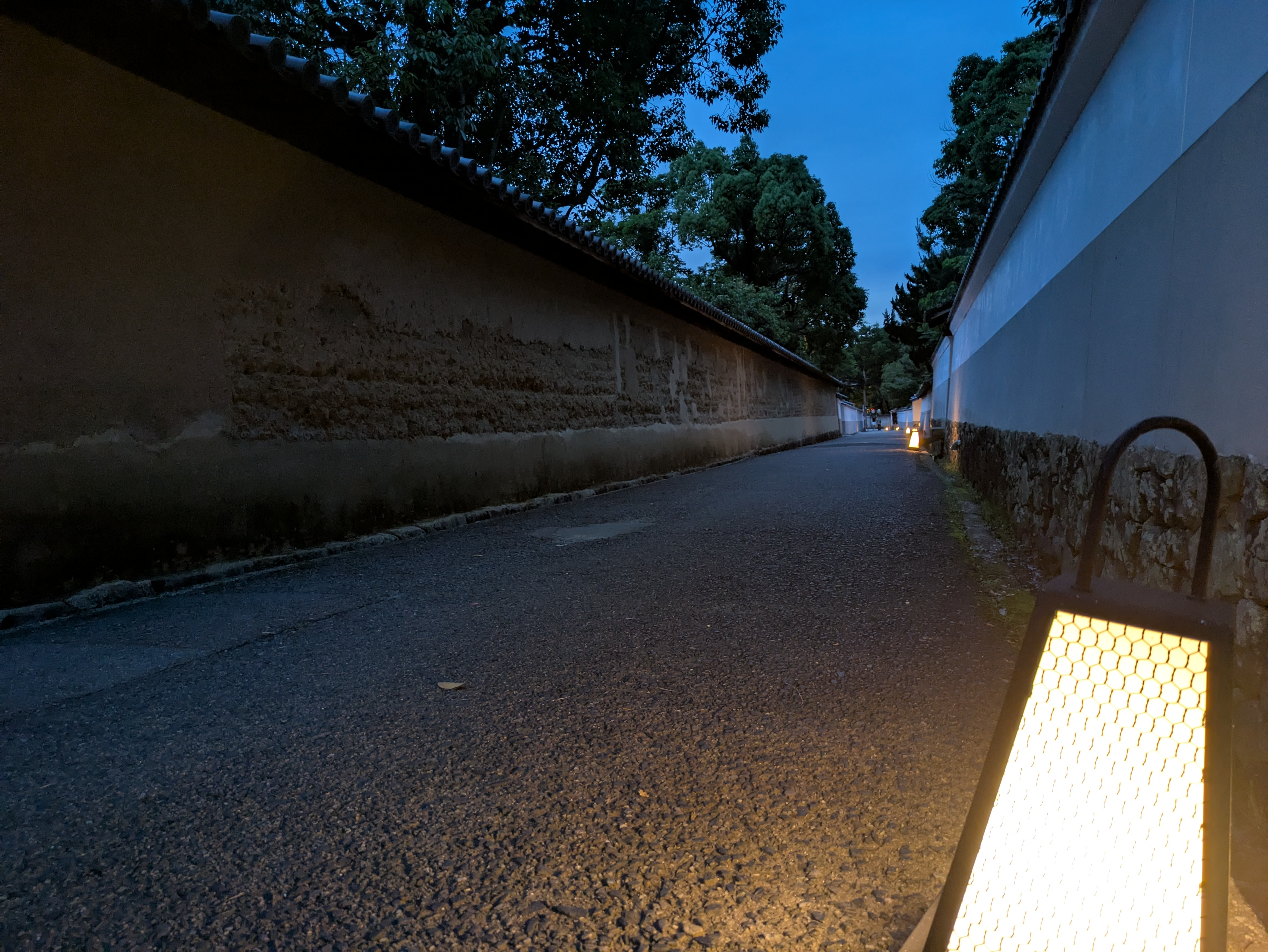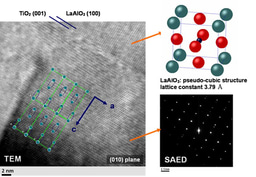
A Question to Protect the Future of Our Planet
“How can we protect the future of our planet, our communities, and our societies?” This pressing question is being asked around the world today. With complex challenges such as climate change, resource depletion, social inequality, and division, there are no simple solutions. To keep hope alive for future generations, we must reexamine our values and rethink how our societies are structured.
ESD: Cultivating the Power to Transform Society
One of the key approaches being emphasized in education to address these issues is ESD: Education for Sustainable Development. ESD aims to equip learners with the knowledge, values, and capacity to take action for building a sustainable society. By addressing themes such as nature, local communities, economy, and culture in an integrated way, ESD encourages learners to understand complex realities and explore how they can engage with them. In other words, ESD fosters the ability to connect one's own life to the future of society and the planet.
A Natural Fit with Inquiry-Based Learning
This kind of learning promoted by ESD is highly compatible with inquiry-based learning. Inquiry-based learning is a style of education where students take ownership of their learning by identifying questions, gathering information, forming hypotheses, collaborating with others, and seeking solutions—often to problems with no clear answers. This process aligns perfectly with ESD’s aim to empower learners to face societal challenges proactively. When students approach issues as “their own,” and use learning as a bridge to connect with society, they take the first steps toward building a sustainable future.
Cultural Heritage Reconsidered
Among the various themes emerging within ESD practices, cultural heritage has recently attracted renewed attention. Here, cultural heritage refers not only to historical shrines, temples, and old buildings, but also to intangible cultural assets such as traditional festivals, folk performances, artisan skills, and local knowledge rooted in everyday life. These elements of cultural heritage embody the wisdom and ingenuity of people who have lived in harmony with nature over long periods of time. In this sense, they are a treasure trove of insights into sustainable living handed down from the past.
Toward Harmony and Utilization: The Future of Cultural Heritage
Cultural heritage cannot be truly protected by preservation alone. It is only when we seek to live in harmony with it and actively use and apply it in our lives and communities that its true value is sustained. With this perspective, cultural heritage holds great potential as an educational resource. In schools and beyond, we must continue to explore how cultural heritage can be effectively used in learning. Doing so will not only enrich education, but also help connect the past with the future in meaningful and sustainable ways.






Please sign in or register for FREE
If you are a registered user on Research Communities by Springer Nature, please sign in